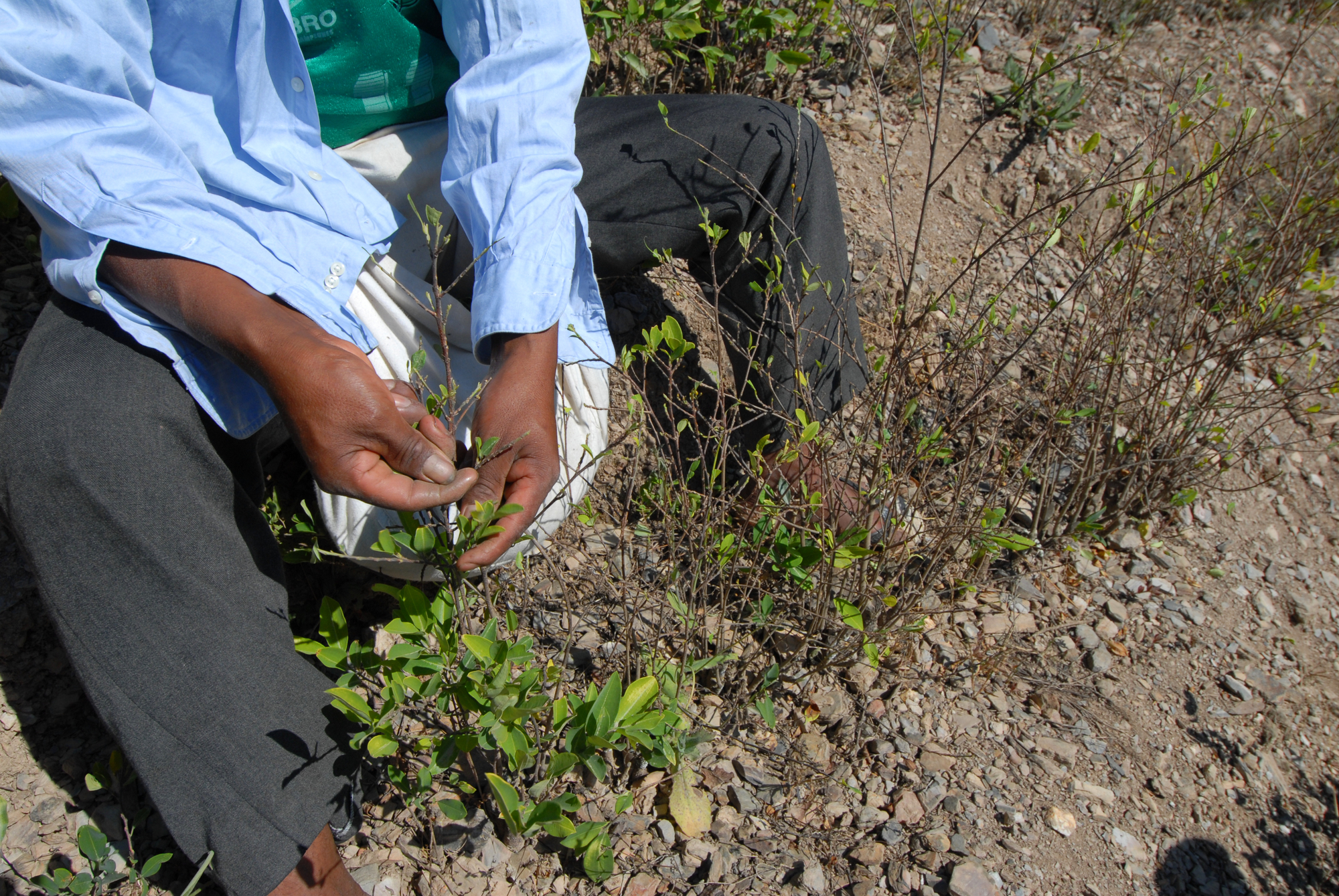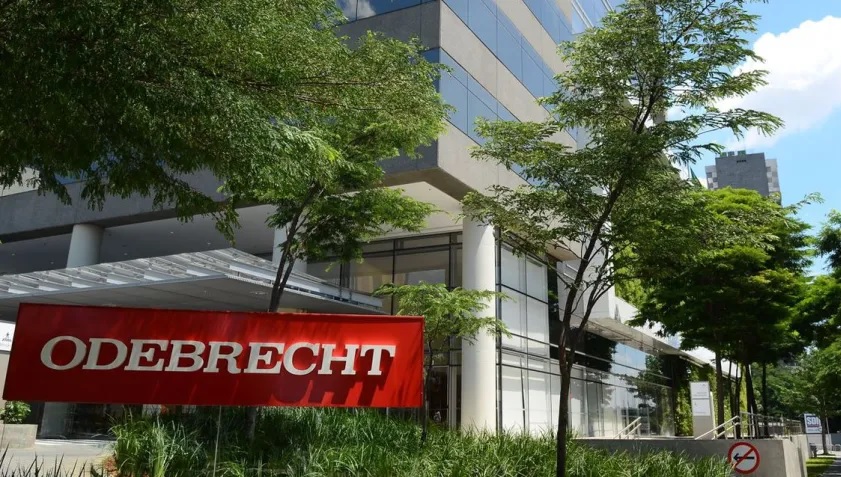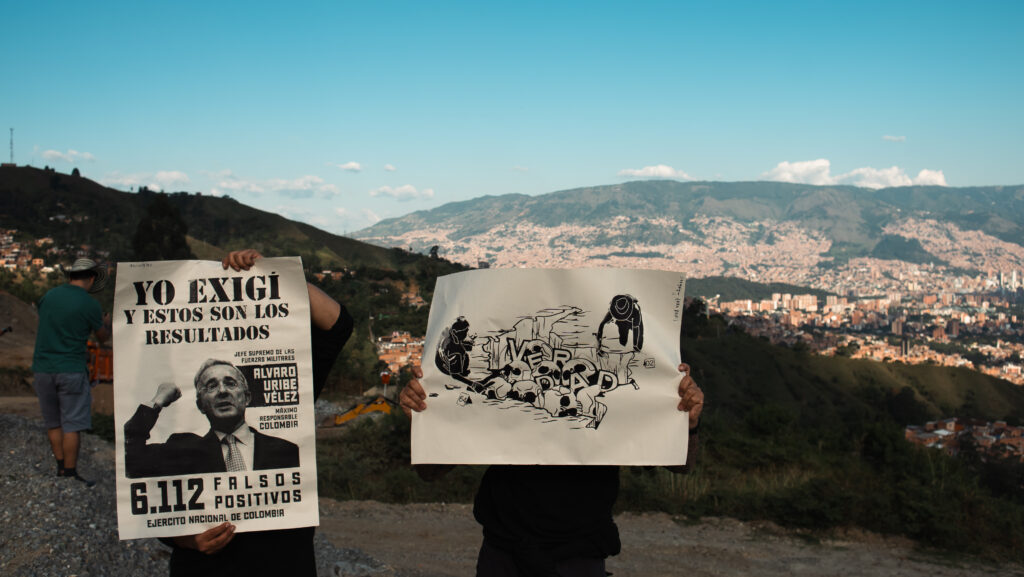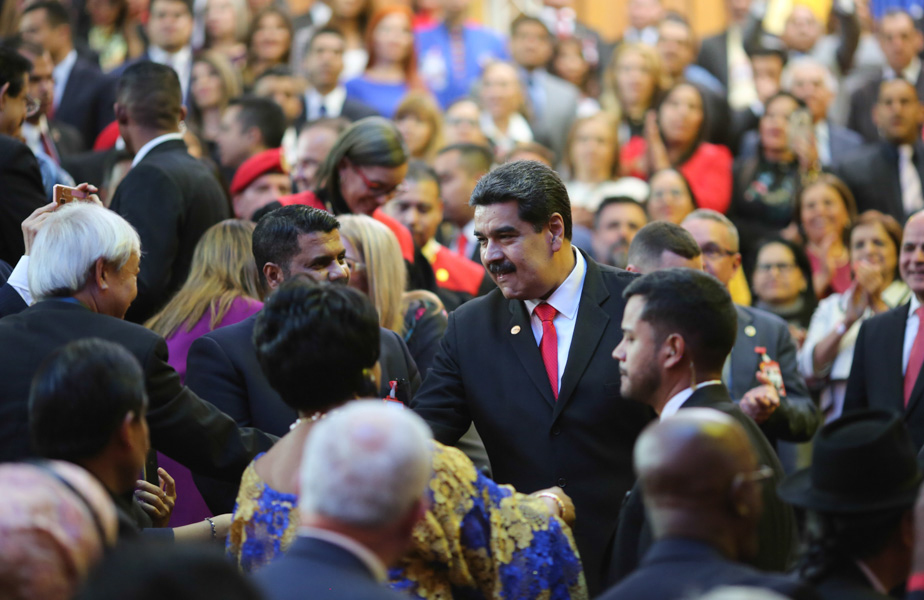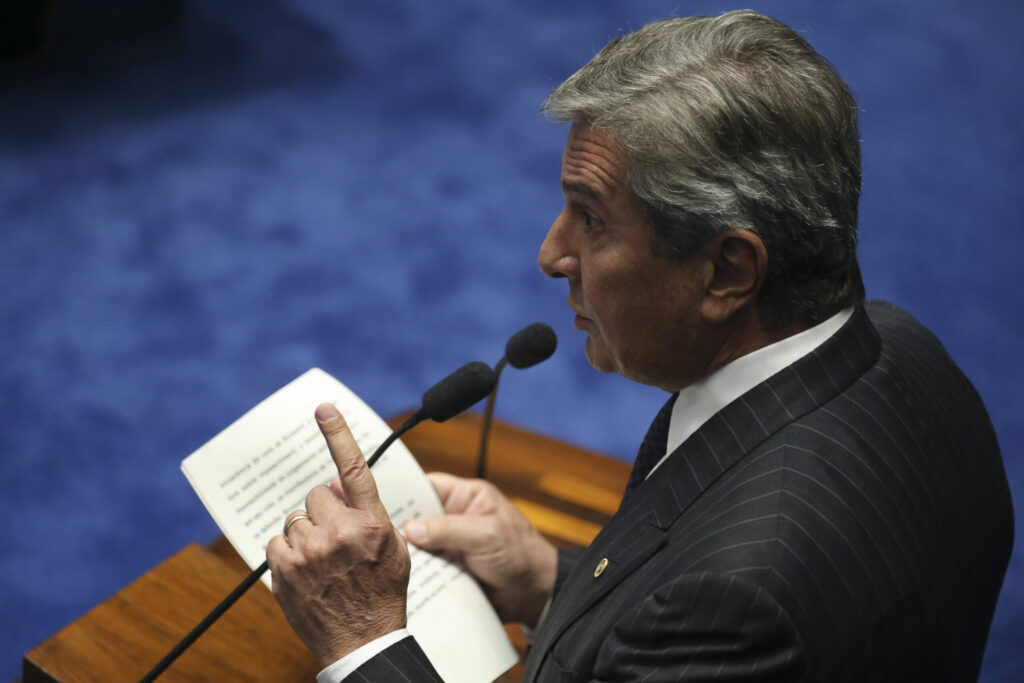On June 8, Colombian Defence Minister Guillermo Botero told Blu Radio that helicopters will resume aerial fumigation of coca crops within 12-16 weeks. President Ivan Duque confirmed this on a recent visit to the UK, in a conversation with the The Guardian.
Priority zones will be the departments of Nariño, Catatumbo and Putumayo, Botero said. According to a United Nations Office on Drugs and Crime (UNODC) report published last year, Nariño and the municipality of Tumaco are still home to the most concentrated cultivations of coca across the country, the raw material used to make cocaine.
Speaking to the Colombian radio station, Botero also confirmed that the US-manufactured chemical glyphosate will be used to fumigate the crops, despite a World Health Organization (WHO) report published in 2015, which warned of the crop’s carcinogenic properties. It was this report that prompted former President Juan Manuel Santos to ban aerial fumigation that year, after the chemical had already been sprayed across 1,790,000 hectares of Colombian territory.
Speaking to the Colombian radio station, Botero also confirmed that the US-manufactured chemical glyphosate will be used to fumigate the crops, despite a World Health Organization (WHO) report published in 2015, which warned of the crop’s carcinogenic properties. It was this report that prompted former President Juan Manuel Santos to ban aerial fumigation that year, after the chemical had already been sprayed across 1,790,000 hectares of Colombian territory.
In 2017, the year a record 171,000 hectares of land were reported to be under coca cultivation in Colombia, U.S. President Donald Trump began to pressure Colombia to resume the practice, in line with the nation’s goal to halve national coca cultivation acreage by 2023.
U.S. concerns about Colombia’s rising production of coca crops have translated into threats to decertify Colombia as a partner in its war on drugs. This would mean an end to most U.S. financial aid for Colombia under the Foreign Assistance Act, and the U.S. would be able to vote against loans for Colombia from international lenders.
Although former president Santos resisted the threats, current president Duque – almost a year into his presidency – has conceded, asking judges to “modulate” their 2015 and 2017 rulings against fumigation.
Duque does not attribute his decision to pressure from the United States, but instead a “moral duty” to act on the matter, he told UK newspaper The Financial Times.
Approximately 80 percent of coca grown in Colombia is still grown in the same areas it has been growing for the past ten years, the 2018 UNODC revealed. This shows that, despite government measures like aerial fumigation, the cultivation of coca crops remains unchanged.
With over 119,500 families dependent on the crop to make a living, the Washington Office on Latin America (WOLA) recently deemed aerial fumigation a “mistake.” The analysis labeled it a “short term solution” to coca cultivation, because evidence shows that growers simply adapt to the use of the pesticide.
In fact, as ex-President Santos pointed out, Colombian coca cultivation actually increased during some of the most active years of aerial fumigation attempts to eradicate the crop. “The year 2007,” Santos said in 2017, “is when we had the highest volume of air spraying of illegal crops, and that is one of the years when coca production increased the most.”


